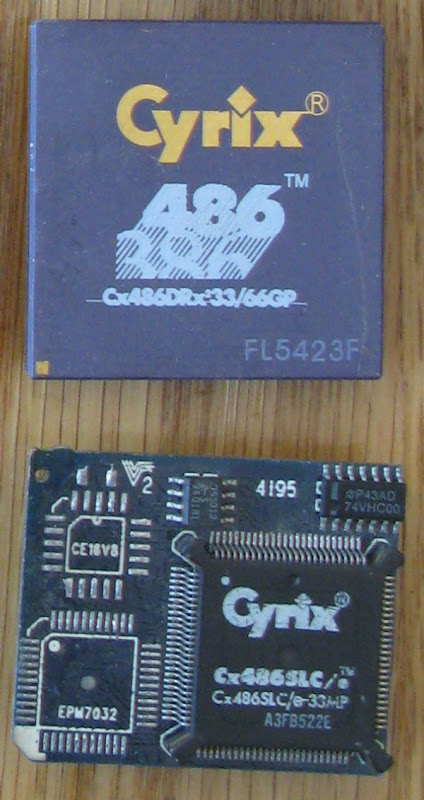Amigaz
Experienced Member
Having some troubles using the "high memory area" on my IBM 5170.
I has a DFI MegaLith memory board with 8mb installed, 4096 in configured as XMS and the rest is configured as EMS by the MegaLith software.
Have card also backfills my 512k conv. mem up to 640k
When I try and load DOS high by "DOS=HIGH" in the config.sys I get an error message I cannot access any HMA area...I'm running PC-DOS 7 btw.
Have I missed something?
I has a DFI MegaLith memory board with 8mb installed, 4096 in configured as XMS and the rest is configured as EMS by the MegaLith software.
Have card also backfills my 512k conv. mem up to 640k
When I try and load DOS high by "DOS=HIGH" in the config.sys I get an error message I cannot access any HMA area...I'm running PC-DOS 7 btw.
Have I missed something?
Last edited:


